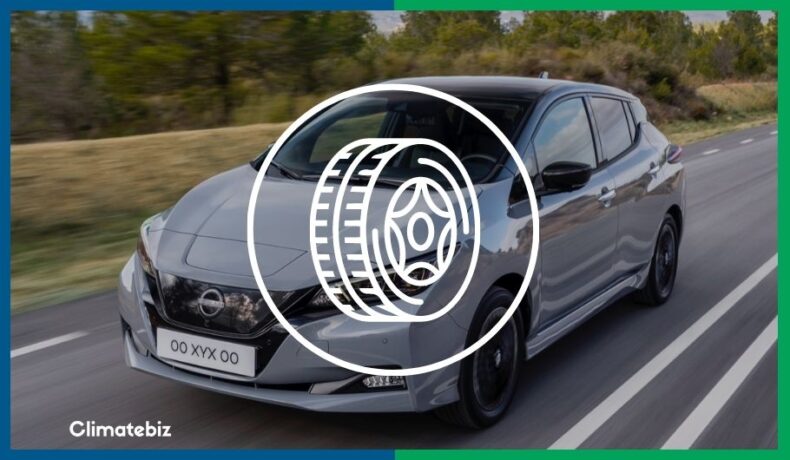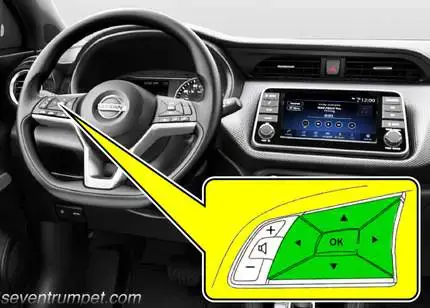Tire pressure is one of the most neglected maintenance requirements on any car. Ever wondered what the correct tire pressure is for a Nissan Leaf?
Fortunately, this issue can be rectified free of charge, improving ride comfort and prolonging tire life.
But that’s not all. Maintaining your vehicle’s tire pressure also ensures proper tire grip, which is crucial in an emergency braking situation. What’s more, underinflated tires increase the risk of punctures due to potholes and other hazards on the road.
So what is the correct tire pressure for a Nissan Leaf?
The appropriate tire pressure for a Nissan leaf is 36psi or 2.5 bar for both the front and rear tires.
You’ll be able to find these details in your owner’s manual and on a label on the pillar of your EVs front door.
Interested in learning more? Read on!
Table of Contents
How Do You Check The Tire Pressure On A Nissan Leaf?
Nissan Leafs tend to have tire pressure monitoring systems (TPMS). To access your vehicle’s TPMS, navigate to the tire pressure section on the onboard computer to view the current tire pressure of all four tires.
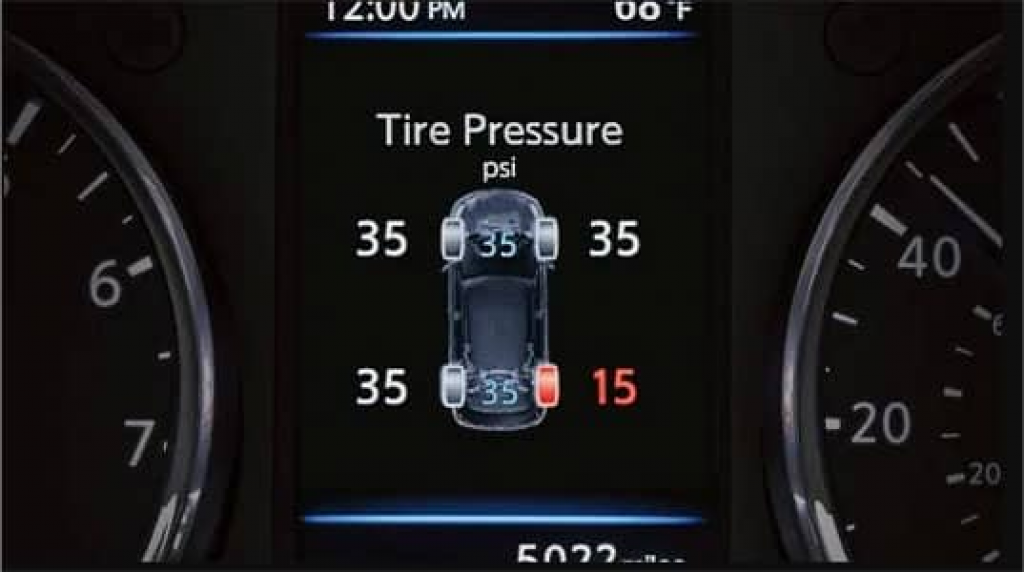
Tire Pressure Gauge
If your Nissan Leaf doesn’t have a TPMS or isn’t functioning, you can use a cheap tire pressure gauge to measure each tire’s pressure manually.
You can do this by removing the cap on the tire valve and attaching the pressure gauge to the valve. Remember to place the cap in a safe place to avoid losing it and replace it immediately after checking the pressure.
Tire pressure gauges are cheap and readily available from most supermarkets and hardware stores. The convenience store at your closest fuel station will probably also stock them.
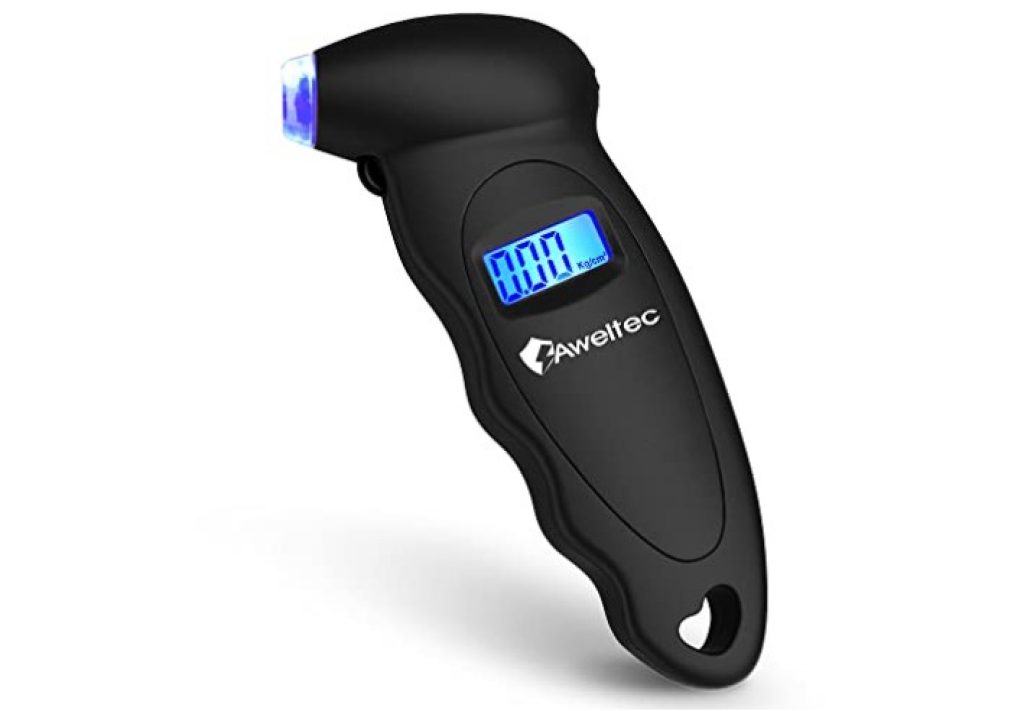
Friendly Fuel Stations
Fuel stations usually have equipment available free to use to inflate your tires. These pumps typically have a gauge installed but use them with caution as they might be very old and very inaccurate.
The easiest way to ensure your tires are always correctly inflated is by purchasing a cheap pressure gauge and keeping it in your car. Make it part of your weekly charging routine to check your tire pressures to avoid issues.
How Do You Turn Off The Tire Pressure Light On A Nissan Leaf?
Once you’ve seen a “low tire pressure alert” and pumped your tire to its correct pressure, you’ll need to reset the pressure light.
The process is different depending on the age of your vehicle and whether or not a TPMS is fitted.
Scroll to the correct section below and follow these simple instructions to reset the pressure warning light.
Always ensure you have pumped your tires to the correct pressure before resetting your tire pressure warning light; otherwise, it’ll immediately illuminate again.
2010 – 2017 models
- Inflate your tires to the correct pressure as recommended above.
- Turn your ignition to the ON position without starting the engine. If your Nissan Leaf has a keyless system, press the START button twice without depressing the brake pedal.
- Press the ❏ button on your instrument panel until you see the SETTING section of the menu on the screen.
- Scroll to the MAINTENANCE section of the menu by repeatedly pressing the ⚈ button. Press the ❏ button to enter the MAINTENANCE menu.
- Select TIRE, and the reset mode will be displayed.
- Press the ⚈ button to reset, followed by ❏ to confirm.
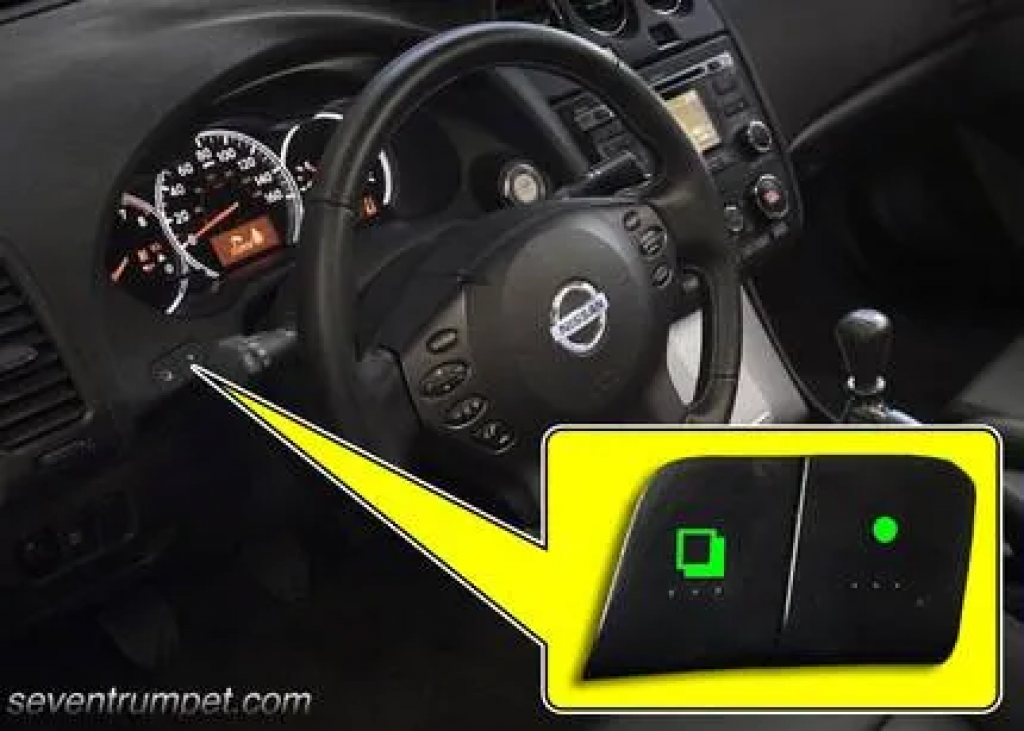
If your Nissan Leaf has a TPMS fitted, following instructions will allow you to reset it.
- Inflate your tires to the correct pressure as recommended above.
- Turn your ignition to the ON position without starting the engine. If your Nissan Leaf has a keyless system, press the START button twice without depressing the brake pedal.
- Press the ❏ button on your instrument panel until you see the SETTING section of the menu on the screen.
- Scroll down and select TPMS RESET.
- Select START to execute the TPMS reset.

2018 – 2021 models
- Turn the ignition key to the ON position without starting the engine.
- Use the navigation buttons to scroll through the menu until you find the SETTINGS item on the multi-function display.
- Scroll down until you find the MAINTENANCE option.
- Select TIRE.
- You can either set reminders at specific intervals in the future or merely select RESET to clear the current TPMS warning.
What Will Happen If Your Nissan Leafs Tire Pressure Is Incorrect?
Usually, the tire pressure warning light should illuminate if one of your tires is underinflated.
Due to the dangers of driving with underinflated tires, it’s good to check your tire pressure yourself using a tire pressure gauge. This will give you peace of mind knowing that you’re avoiding one of the biggest causes of automotive accidents.

Underinflated tires will cause an uncomfortable ride. They’ll also increase the resistance your vehicle experiences when accelerating, leading to increased power consumption.
What’s more, underinflated tires are more susceptible to damage from potholes and other items lying on the road like scrap metal, strap clips from trucks, rocks, etc. A tire puncture while driving is hazardous and can lead to a severe accident and risk of injury to yourself and your family.
Avoid Tire Replacement
Damage from underinflated tires is usually limited to the tire sidewall — you won’t be able to patch this up, so you’ll have to replace your tire.
Replacing one of your tires is an expensive exercise. You’ll be kicking yourself if you could have avoided replacing a tire through regular tire pressure checks and avoiding the risk of sidewall damage.
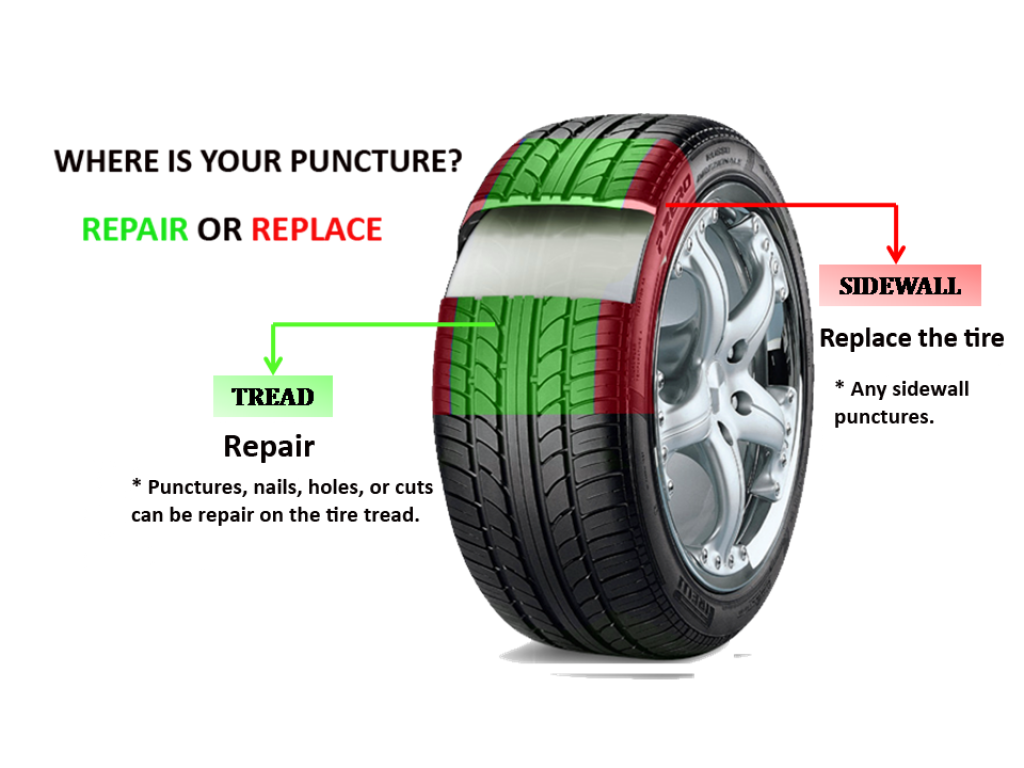
Final Thoughts
The risks attached to driving with underinflated tires are very high, considering how easy it is to avoid. Air pumps at fuel stations are usually available for free, and pressure gauges are cheap and easy to purchase.
The tire pressure for your Nissan leaf is 36psi or 2.5bar and should be written on a label inside the driver side door. If not, you can write it down on a label and stick it on the inside pillar of your door for easy reference.
Don’t only rely on your tire’s low-pressure warning system to inform you when it’s time to check and pump your tires. Make it part of your weekly routine to quickly check your tire pressures to avoid unnecessary tire damage and the risk of an accident.

